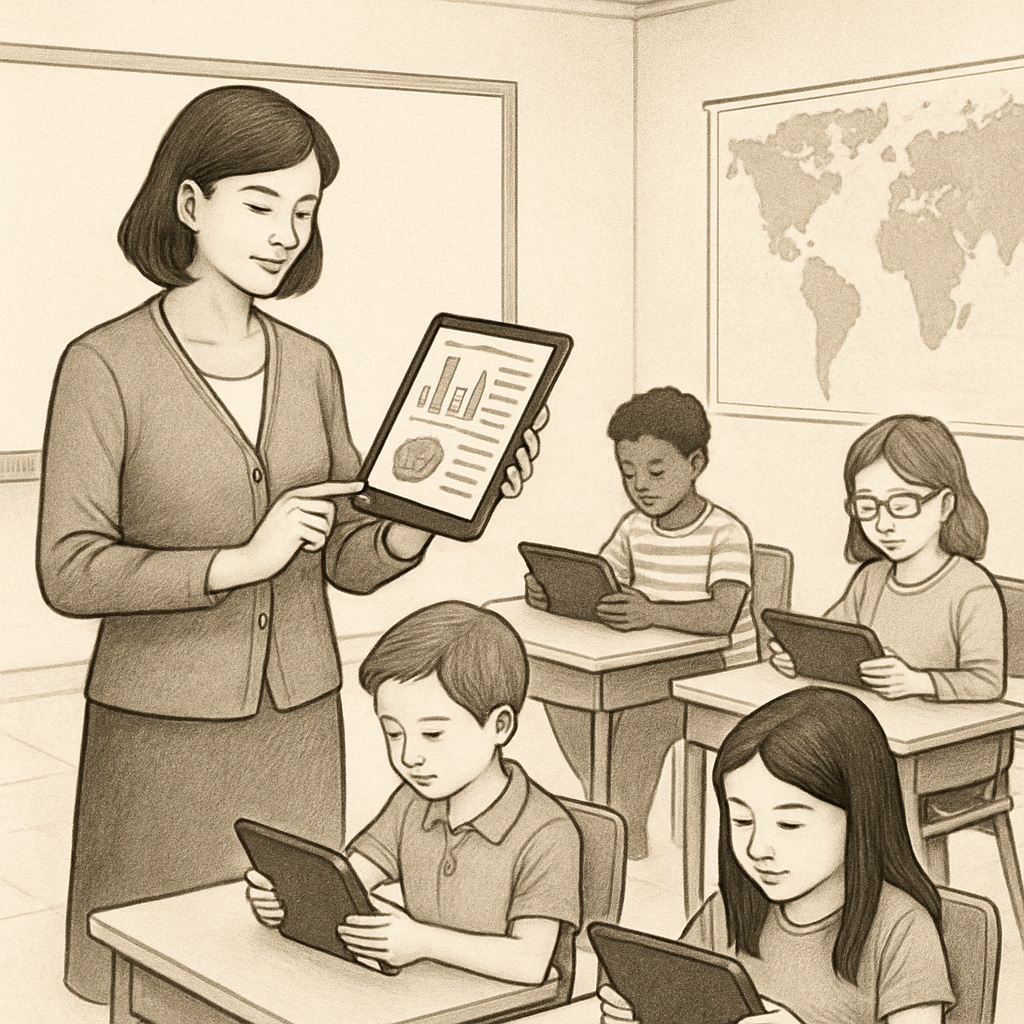The traditional reliance on grades as the primary metric for evaluating student performance in K12 education has come under increasing scrutiny. While grades offer a standardized way to measure academic achievement, they often fail to capture the full spectrum of learning outcomes, personal growth, and skills development. This article explores the limitations of grade-based assessment and proposes dynamic, real-time tracking systems to ensure a more holistic approach to evaluating student learning.
The Limitations of Grade-Based Assessments
Grades, for decades, have been the cornerstone of educational assessment. However, their shortcomings are becoming more pronounced in today’s fast-evolving world. One major limitation is their inability to reflect the complexity of a student’s learning process. Grades often reduce diverse achievements into a single, oversimplified metric, leaving out critical aspects such as creativity, problem-solving, and collaboration skills.
Moreover, grade-based systems can encourage a narrow focus on test performance rather than fostering meaningful learning. Students may prioritize rote memorization to achieve high grades, ignoring the deeper understanding and real-world application of concepts. In addition, these systems often fail to consider external factors like socio-emotional challenges or inequities in resources, which can disproportionately affect students from disadvantaged backgrounds.

Holistic Learning Metrics: A New Approach
To move beyond grades, educators and policymakers must adopt more comprehensive and real-time approaches to assessment. Here are some alternative metrics that can provide a more balanced view of student progress:
- Portfolio Assessments: These allow students to compile their work over time, showcasing their creativity, critical thinking, and personal growth.
- Project-Based Learning Outcomes: Evaluating students based on their ability to solve real-world problems and collaborate in teams.
- Competency-Based Assessments: Measuring mastery of specific skills rather than overall grades.
- Social-Emotional Learning (SEL) Metrics: Incorporating evaluations of emotional intelligence, resilience, and interpersonal skills.
These methods not only provide a more nuanced picture of student learning but also help educators identify areas for personalized support and intervention.
The Role of Real-Time Tracking in Education
Real-time tracking systems are becoming increasingly feasible with advancements in educational technology. These systems allow for continuous monitoring of student progress, providing immediate feedback to both students and teachers. For example, digital tools like learning management systems (LMS) or adaptive learning platforms can collect data on student engagement, comprehension, and skill development.
Real-time tracking offers several advantages:
- Immediate Feedback: Teachers can address learning gaps as they arise, rather than waiting for end-of-term grades.
- Personalized Learning: Data-driven insights enable tailored lesson plans that cater to individual student needs.
- Parental Involvement: Real-time updates allow parents to stay informed and actively participate in their child’s education.
As a result, real-time tracking empowers educators to focus on growth and continuous improvement rather than static, one-time evaluations.

Challenges and Opportunities
Despite its potential, transitioning to alternative assessment methods is not without challenges. Implementing these systems requires significant investment in training, infrastructure, and technology. Additionally, educators and administrators must address concerns related to data privacy and equity to ensure that new methods benefit all students equally.
However, the opportunities far outweigh the challenges. By adopting more dynamic and holistic evaluation systems, schools can foster lifelong learning habits and equip students with the skills required for success in a rapidly changing world.
Ultimately, moving beyond grades is not about discarding traditional methods entirely but about complementing them with innovative approaches that better reflect the diverse capabilities and potential of every student.
Readability guidance: This article uses concise paragraphs, clear lists, and logical transitions to enhance readability. The focus remains on actionable insights, supported by examples and evidence.


